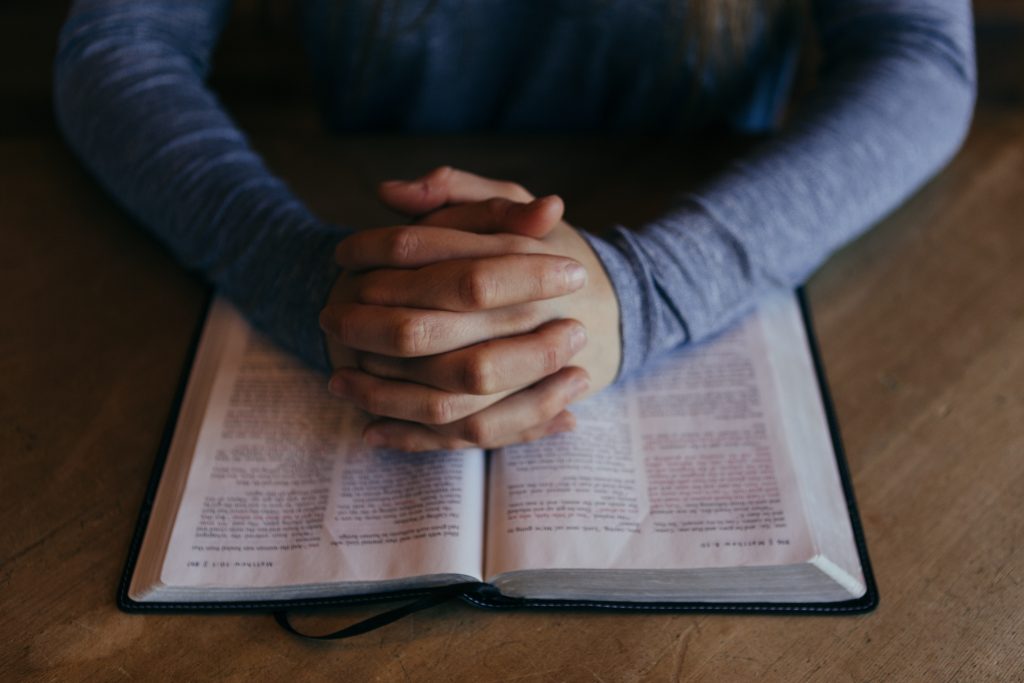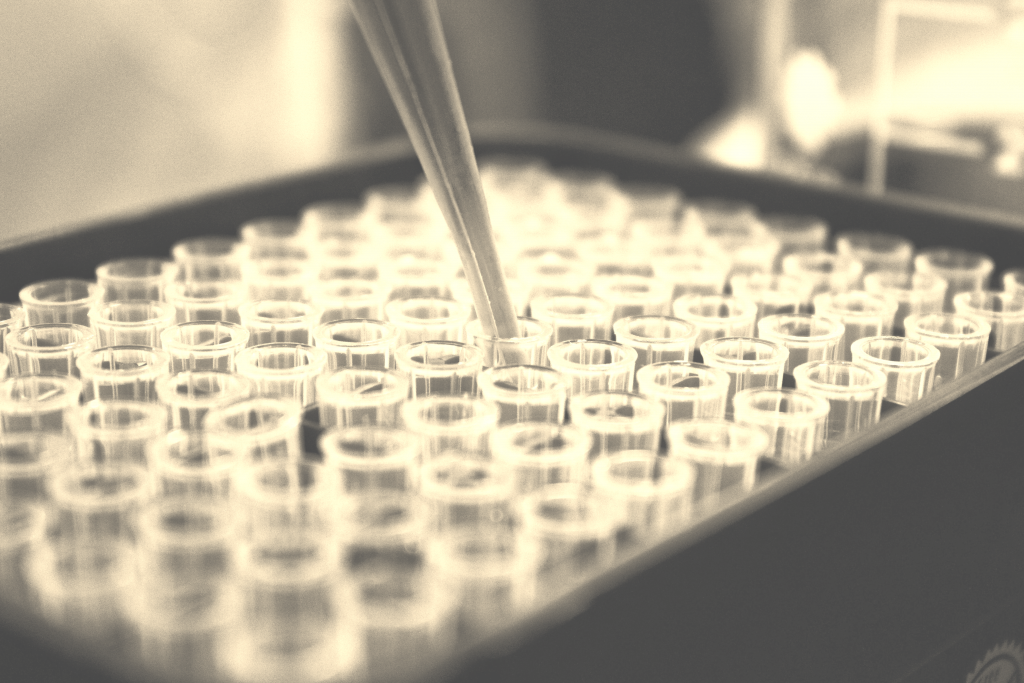Charismatic and Pentecostal Christians often claim that miraculous healings occur through prayer, but then are fairly quiet when it comes to medical and scientific evidence. We’re working to change that — by doing high-quality research on miracles of healing through prayer in the Pentecostal and charismatic traditions. To begin with, we can learn a lot from the Catholic church, where rigorous medical evidence of miracles has been an important part of canonizing saints. The Vatican has a well-established and rigorous process for verifying miraculous healings with medical evidence.
Still, many of the protestant charismatic/Pentecostal groups who believe in healing don’t see the value of documenting claims of miracles. Protestants don’t need to verify miracles in order to canonize saints. Beyond that, many charismatic and Pentecostal leaders preach to audiences that already believe in miracles, so it may seem unnecessary to get medical evidence of a miracle. So why bother then? And what if a claimed miracle of healing through prayer doesn’t have the medical records to back it up, or the healing has a simple medical explanation? Would even strong evidence of a medical miracle of healing really give pause to a skeptic? All of these are good questions, and when added to some historical mistrust between Christians and mainstream science (for example evolution), one begins to understand how so little value has been placed on rigorous medical and scientific verification of miracles.
At the Global Medical Research Institute, we are working diligently to investigate the strongest claims of healing through Christian prayer, looking at both individual cases of healing and prospective, randomized controlled trials of prayer.
What does it take to document a healing through prayer? For the Vatican, the healing must be “complete”, “instantaneous”, and “durable”, as well as “scientifically inexplicable”. These are all important criteria for a strong claim of miraculous healing to withstand scrutiny.
Nowadays there are other important factors for those wishing to investigate miracles, and these generally follow the medical standards for case reports. First, anyone who claims to have experienced a miracle of healing through prayer must give informed consent before researchers can go rooting around in someone’s medical records. Research on human subjects in the US is regulated by the Dept. of Health and Human Services (DHHS) of the federal government, which oversees Institutional Review Boards (IRBs). These IRBs are typically set up by universities and hospitals to ensure ethical treatment of people who participate as research subjects. The IRB is tasked with making sure that research is done ethically — that people know what the risk of being a research subject is, and what compensation and medical benefits (if any) they may receive. IRBs also ensure that the subjects have the option to remain anonymous in any public reports of the research. After all, if someone is willing to let scientific and medical researchers investigate their healing miracle, they shouldn’t also be subjected to a bombardment of media and skeptic inquiries, unless of course the subject specifically wants that!
All of that said, getting medical records to investigate a healing is not as hard as it seems. Usually, people think that laws such as the Health Insurance Portability and Accountability Act (HIPAA) will prevent getting access to someone’s medical records. In fact, HIPAA actually made it easier — with very few exceptions involving certain mental health cases, anyone has a right to get copies of their own medical records. So if someone experiences a miraculous healing, and if that person is willing to let researchers look into it, the person has only to sign a form, and researchers (such as the Global Medical Research Institute) can get copies of the medical records. We know because with the written permission of our subjects, we obtain their medical records for research regularly.
The whole process of investigating miraculous healings through prayer can take a long time. Once the medical records are available, they must be reviewed extensively by medical experts, to verify that the person had the condition prior to the healing, and then to verify that the condition is inexplicably healed. Once that is done, it can take much longer still to publish the results in a medical journal.







About The Author: Joshua Brown
Dr. Brown is a tenured Professor of Psychological and Brain Sciences. His current research interests are functional brain imaging and computational neural modeling, with a focus on higher cognitive function and clinical disorders such as addiction. He has authored over 70 scientific papers, including those published in top journals such as Science and Nature Neuroscience. He is chair of the GMRI Board of Directors.
More posts by Joshua Brown